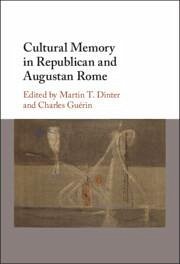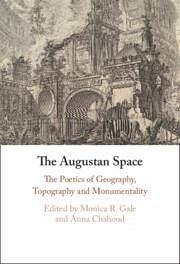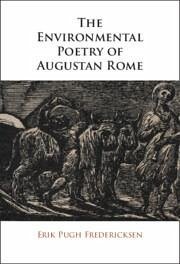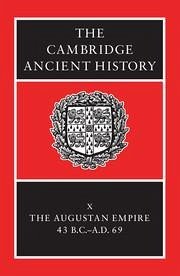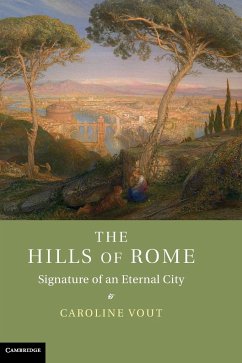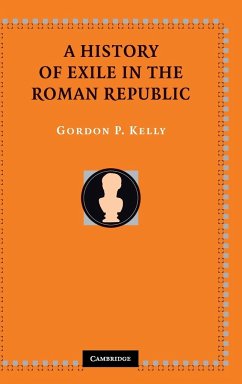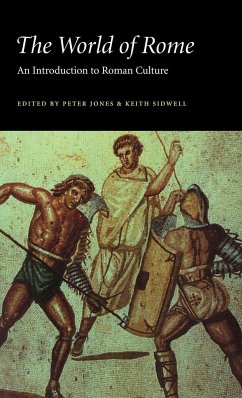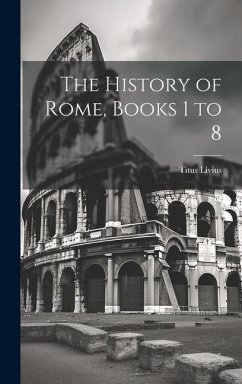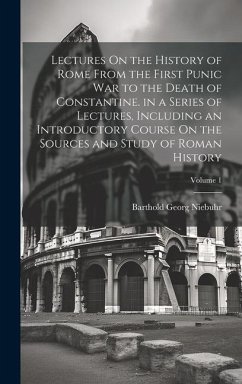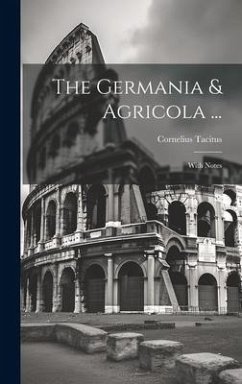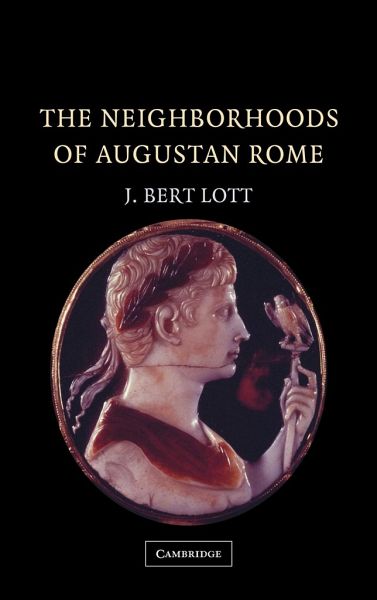
The Neighborhoods of Augustan Rome

PAYBACK Punkte
55 °P sammeln!
This volume, originally published in 2004, investigates the neighborhoods of ancient Rome during the reign of the first Roman Emperor, Caesar Augustus (27 BCE-14 CE). Focusing on a group of neighborhood-based voluntary associations that were important political and social communities for the city's diverse population of slaves and ex-slaves, it locates the Augustan neighborhoods within the broader context of the history of Rome. John Bert Lott stresses their importance as physical and cultural divisions of the city and investigates the distinctive relationship between local neighborhoods and A...
This volume, originally published in 2004, investigates the neighborhoods of ancient Rome during the reign of the first Roman Emperor, Caesar Augustus (27 BCE-14 CE). Focusing on a group of neighborhood-based voluntary associations that were important political and social communities for the city's diverse population of slaves and ex-slaves, it locates the Augustan neighborhoods within the broader context of the history of Rome. John Bert Lott stresses their importance as physical and cultural divisions of the city and investigates the distinctive relationship between local neighborhoods and Augustus himself. An interdisciplinary study that makes use of archaeological, epigraphic, and topographic evidence, this book makes an important contribution to our knowledge of the urban life of Rome's lower classes and to our understanding of the imperial ideology that supported the development of the dynastic Roman monarchy.





